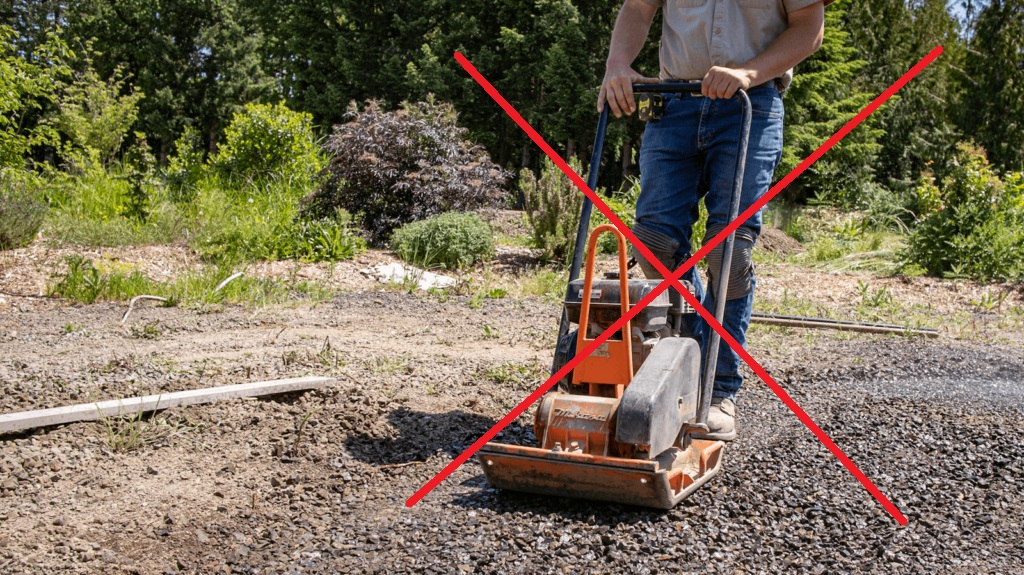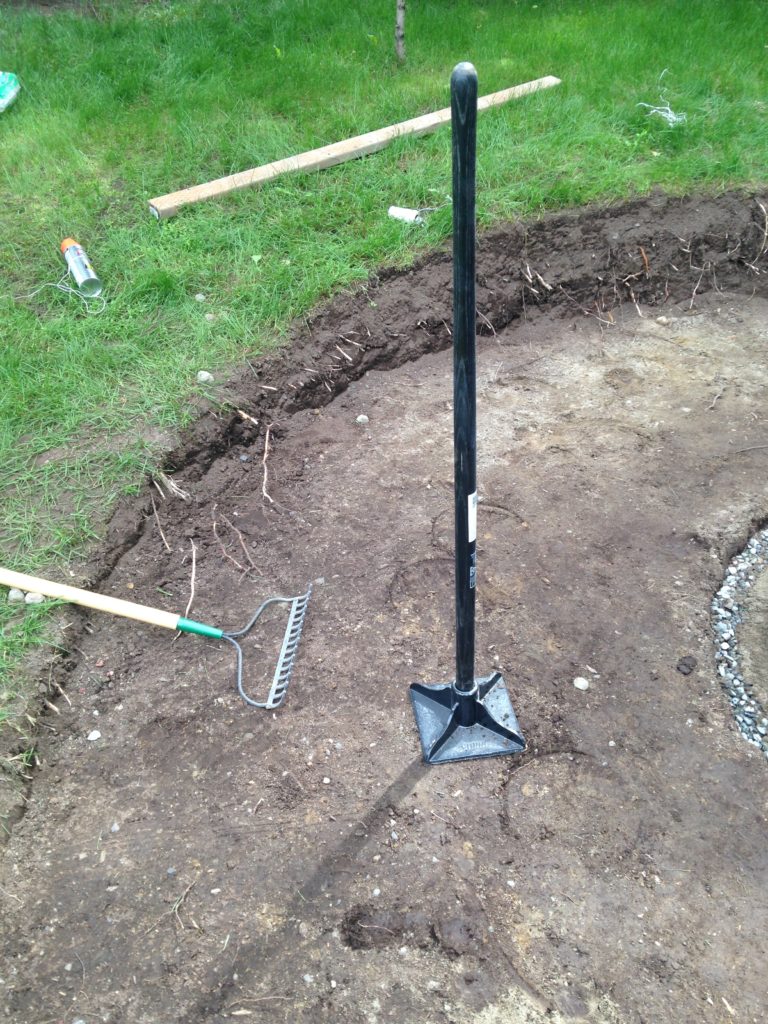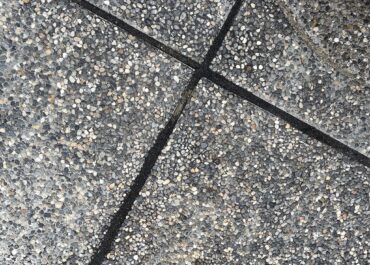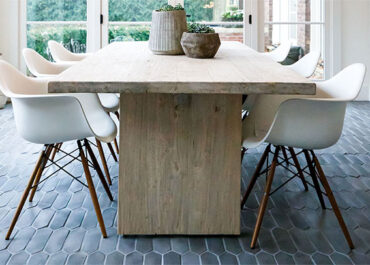
A paver installation requires many steps. From planning the layout, to choosing the right pavers, bedding, and sealing. If you’re not careful, there are many details that can go unnoticed. One of those details is the compaction of paver. So, in this article, we aim to guide you on how to compact pavers without a plate compactor.
It is important to consider the possibility of compacting pavers without the need of a plate compactor, as it is often a costly machine to rent, as well as difficult to handle without experience. Compacting pavers without one is perfectly doable.
So let’s talk about the alternatives to plate compactors and the correct way to approach your paver installation to work without one.
Compacting Pavers Without a Plate Compactor
The first thing you need to know is that not all pavers can be compacted. In some cases, your pavers can be damaged by the process. In fact, if you have done your installation properly, you don’t even need to compact the pavers themselves in the first place.
So the best thing you can do is actually focus on the installation itself. If the soil is properly compacted along all the steps, then the pavers will be properly leveled and compacted as well.
The compaction of the soil in these steps can be easily done with a hand tamper, which is a much cheaper and easier to handle tool.
Compacting Your Installation
A few simple steps can make sure the compaction process of your installation goes smoothly.
Prepare the Hole
Digging a hole is always the first step of a paver installation, so that’s the first thing you want to look out for. Make sure the ground on your hole is perfectly leveled and that there are no puddles of water on it.
The hole should be as leveled as possible, but always with a slope moving away from the main building in the area. This is done to improve the drainage in the area and avoid future problems with the installation.
In this first step, you don’t need to worry about compacting the soil. A geotextile fabric will be used to cover the entire hole anyway, so it will naturally settle and compact the ground.
Bedding
Here is where things get serious when it comes to compacting. This is where it is most important, even crucial, we would say.
At this first step of the bedding process, compacting the soil is extremely important to ensure your installation has a solid base.
At first, with the gravel used as a base, we recommend you spread it in thinner layers to better compact each one along the way.
A gravel bed for pavers usually has a depth between 4 and 6 inches. We recommend you spread it one inch at a time and compact the area at least two times before adding the next layer.
To compact pavers without a plate compactor, again, a hand tamper will be your best friend. If you can get more than one and get some help, the process will go faster as well.

Sand Base
The sand base doesn’t need to be compacted. In fact, you shouldn’t even think about it. The sand used as a base should be simply spread and leveled with the help of a 2×4 and two 1″ pipes.
The idea is that you place the 1″ pipes away from each other and use them as a “rail” in which to slide your 2×4. Pour the sand all around the pipes and screed it around, carefully removing the pipes afterwards.
We recommend that you do that in small sections, and always be careful not to step on your previous work. Again, you can’t compact the sand base. Once the sand is poured and leveled, there’s nothing else you need to do.
Compacting the Pavers Without a Plate Compactor
To compact the pavers themselves without a plate compactor, you’re going to use a rubber mallet.
You will not use a hand tamper at this part. It is too rough, and it requires more strength than a paver requires. It can even damage the pavers, especially the ones with a more glossy finish or the most soft stone pavers.
You should use the hammer mallet to slightly tap the pavers and secure them in place once they are placed in the sand. Never shift a paver around once it is placed. If any mistakes are made, pick it up and place it again.
Once you’re sure it’s in the right position, tap them with the rubber mallet. Mind the strength with which you do it. Use just enough to settle the paver in place and not “sunk it” in to the sand.

Professional Help to Install and Compact Pavers
A plate compactor is sometimes too much to handle and invest on for a simple DIY paver installation project. In that case, you can easily compact pavers without a plate compactor using a hand tamper and rubber mallet.
However, sometimes an installation can be too big to be tackled by the hand tamper plus rubber mallet combination. In that case, a plate compactor is, in fact, the best option available.
For one reason or another, if you don’t want to have to deal with one, your best option is to hire qualified hardscape professionals in your area.
We here at Eagle Pavers have helped countless homeowners with their paver installation during our 12 years of activity. We know the importance of working closely and adapting the situation to our customers needs, so we highly recommend you search for a professional in your area.
And if you happen to be around our area of activity, the Sarasota and Manatee counties, in FL, why not give us a call to help you?
You can contact us right now at +1 941-210-4192 or email us at sales@eaglepavers.us. We would be happy to hear from you and help you with your project.




